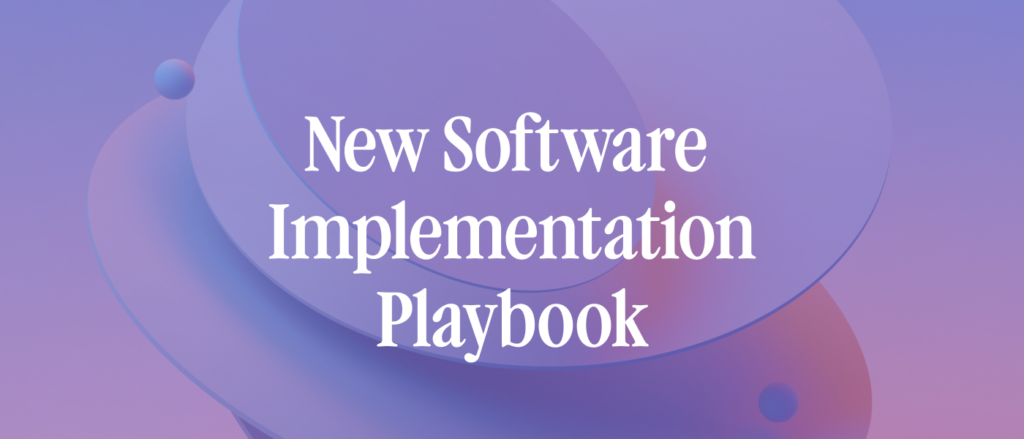In theory, onboarding new software should be easy, right? Everyone’s on the same side – the customer wants it to succeed just as much as the vendor.
However, without a concrete new software implementation strategy, success is far from guaranteed. In fact, our team estimates that without a good plan, between 10% and 35% of software implementation fails or underperforms.
Opal is an enterprise marketing platform that brands like Target, Starbucks, GM, and countless others trust. As a SaaS company that serves a wide range of customers, we have years of first-hand experience with successful software rollouts. For the first time, we’re sharing our proven software implementation strategy with the world…
Software Implementation Webinar Available Now
If you’re more of a visual or auditory learner, we cover our new software implementation strategy in a webinar as well.
Keep reading to explore our proven 5-pillar strategy to successfully implement software.
5 Pillars of Our Software Implementation Strategy
We break our software implementation strategy into 5 distinct pillars that cover the essential elements of onboarding.
These are the 5 pillars of our implementation plan:
- Pillar 1 – Get Aligned
- Pillar 2 – Ground Work
- Pillar 3 – Start Training
- Pillar 4 – Handle Change Management
- Pillar 5 – Ongoing Support
We’re going to break down what each of these pillars represent, while giving specific examples from how we’ve onboarded marketing and comms organizations of every size.
Pillar 1: Get Aligned
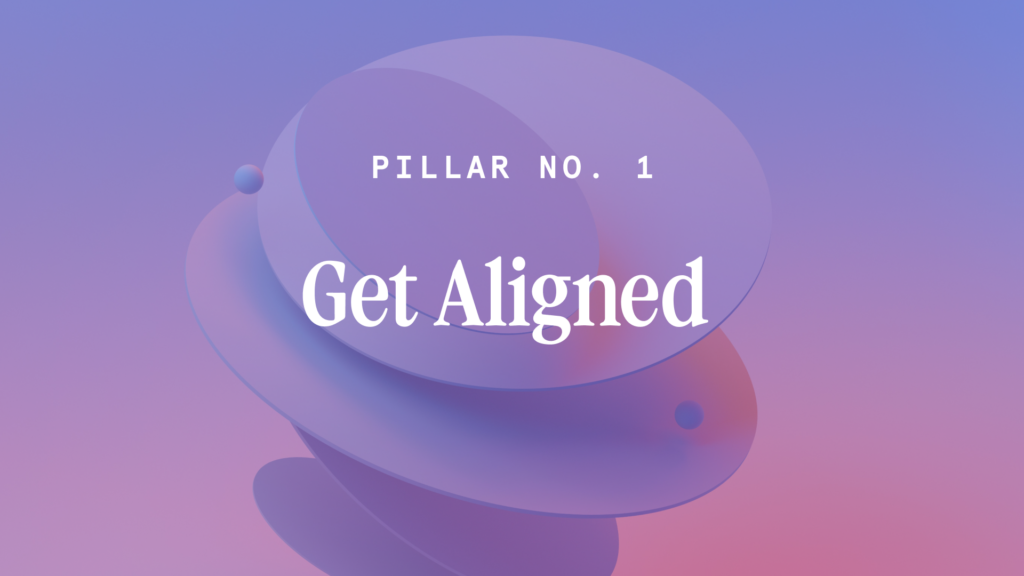
The first pillar of our new software implementation plan is getting aligned. The purpose of this first pillar is to ensure that all of your new users understand why they are onboarding a new software and what it entails.
The implementation team should kickstart this by defining the problem statement of why the software was brought aboard in the first place. Using pain points and possibly stats learned in discovery, the vendor should create a single problem statement.
Here’s an example of a problem statement we have used:
“Our teams and leaders do not have access to unified, real-time views of our content and plans across channels, markets, and solution areas.”
The next step in this pillar is to create and socialize a solution document. A solution document is a piece of enablement that highlights the new software in contrast to the problem statement. This enablement can be in the form of one-pagers, videos, emails, slides, and countless other documents.
Together, the problem statement and the solution document create the why – now you just need to communicate the how.
As part of our software implementation strategy, we believe that the implementation team needs to share the different stages of onboarding – and the goals for each phase. Here’s an example of what phased implementation could look like for an Opal customer:
Phase 1: Crawl – Use Opal as Your Content Visualization Hub
- Begin inputting plans into Opal
- Understanding the relationship between moments and content
- Understanding the value of Boards, Calendar, and other main areas
- Unlocking individual value for ICs
Phase 2: Walk – Leverage Opal for Operational Planning
- Actual content created or imported in Opal
- Running meetings out of Opal
- Future planning happening in Opal
- Visualizing content on our calendar
- Clearly identifying and socializing the end-to-end process
- Collaboration on content and plans occurring in Opal
Phase 3: Run – Trust Opal as a Global Source of Truth
- Maximizing adoption
- Managing approvals and workflows in Opal
- Fluently navigating between Boards and Calendar
- Leveraging integrations to expand impact
- ICs experience creating content faster and cutting busywork
Pillar 2: Ground Work
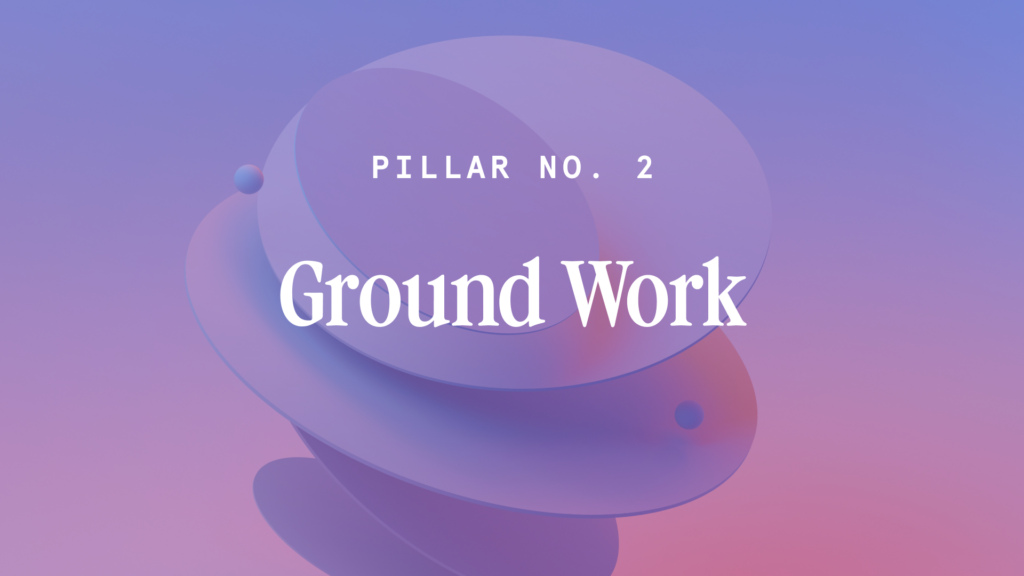
After pillar 1, the users should understand why the onboarding is happening and the basic phases of implementation.
The next critical part of our steps to implement new software is doing the groundwork.
Pillar 2 focuses on ensuring that the right people and the right documents are in place so that users can begin training smoothly.
The most crucial documents we recommend having immediately accessible are:
Admin Resource Hub – This hub features crucial materials customer admins will need to support the training process. Often this space includes requests for desired platform functionalities/capabilities, a log of past activity, past decks from important meetings, roadmap decks, artifacts related to team projects, and more.
FAQ Document – These FAQs should answer questions about the onboarding process rather than the platform itself. Often these questions are about the time commitment and expectations of the training. (There will be plenty of space to answer platform-specific questions down the road.)
Custom Educational Materials – Whether you create videos, step-by-step guides, or in-app materials, these are all instructional materials showing real work being done in the customer’s instance of the platform. Since they use true-to-life visuals, they make learning materials more relatable.
Regarding the right people, this means having the implementation team in place, both on the customer side and the vendor side. While it’s common practice to have one point of contact to handle the onboarding, we see this as flawed. Instead, we prefer to have a full team on each side.
These are the roles we recommend for implementation, and their responsibilities:
Admin (customer side)
- Handles new user invites
- Manages workspace
- Manages taxonomy, channels, and accounts
Team Captains (customer side)
- Represent a specific team’s use case
Leadership Sponsor (customer side)
- Advocates for the platform in leadership meetings
Success Manager (vendor side)
- Serves as dedicated day-to-day contact
- Helps drive use and adoption
- Promotes efficiency
Account Executive (vendor side)
- Creates solutions for team and org
- Conducts strategic business reviews
- Handles contracts
Implementation Lead (vendor side)
- Leads trainings
- Configures workspace
- Onboards new teams
- Handles platform integrations
Leadership Sponsor (vendor side)
- Provides executive strategy and alignment
Support Team (vendor side)
- Addresses platform bugs and technical issues
These are the downfalls we see with having one point of contact per implementation:
- Having info with 1 person limits adoption
- Decisions for a larger group are made in silos
- That person is fully responsible for making changes
- POC is responsible to communicate EVERYTHING
- If POC leaves, much of the historical context and progress leaves with them
Pillar 3: Start Training
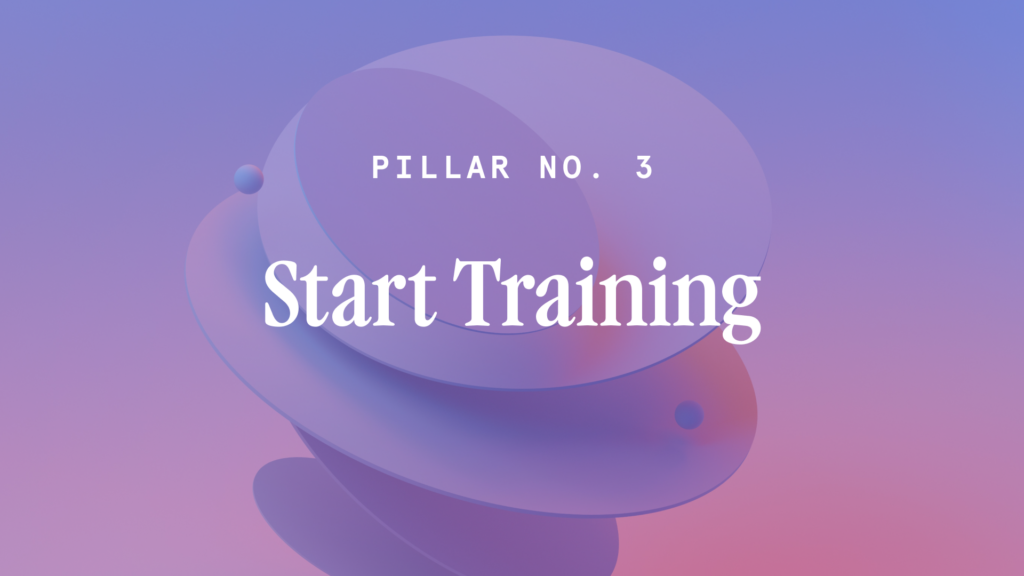
Our training plan for new software implementation follows a very specific set of sessions over a 4-week timeline. These are the week-by-week training steps of our playbook and what each session entails. Each week features a primary session per team – as well as one supplemental session.
Week 1 – Live Intro to Training for All Users
- High-level overview of the platform to provide context
- Introduce basic functionality
- Users invited ahead of live training to be able to login and follow along
- Recorded session to be shared with new users as they come onto the platform
- More generic content taking place in customer instance
- Review terminology and introduce customer “North Star”/”why” statement
Additional Session: Kickoff Team-Based Learning
Week 2 – Team Process Discovery and Best Practice Workshop
- Understand a team’s current process by having them provide details on current state
- Provide recommendations directly to the team by training on specific best practices, based on their current state
- Focus on basic functionality that will provide value quick, rather than training on every feature they have available
- Clear action items and instructions after this session through User Homework
Additional Session: Kickoff Weekly Office Hours
Week 3 – Advanced Feature Workshop
- Take learning from week 1-2 to identify specific features that would provide value to specific teams
- Hold an Advanced Features Workshop to teach them how to get even more value from the platform
- Speak directly to the team’s pain points and also ensure they have a baseline knowledge of the platform
Additional Session: Weekly Office Hours to answer questions
Week 4 – Feedback Session
- Final checkpoint to ensure users feel confident in the new process and have outlined clear expectations now that they have been trained
- Dedicated time for the team to ask specific questions
- Partially led by customer to facilitate any process updates
- Clearly communicate change management date
Additional Session: Weekly Office Hours to answer questions
In addition to our week-by-week training plan for new software implementation, we also have a series of philosophies and best practices that we recommend.
Our training philosophies and best practices are:
- Segmenting users by teams and functions ensures that trainings are relevant
- Run smaller, more focused trainings so everyone pays attention
- Create training with a focus on value for the users
- Always provide learning alternatives to live trainings
- Start big-picture with all users so they understand the “why”
- Provide clear action items and homework to ensure the ideas are clicking
- Offer weekly office hours for those who want one-on-one instruction
Pillar 4: Handle Change Management
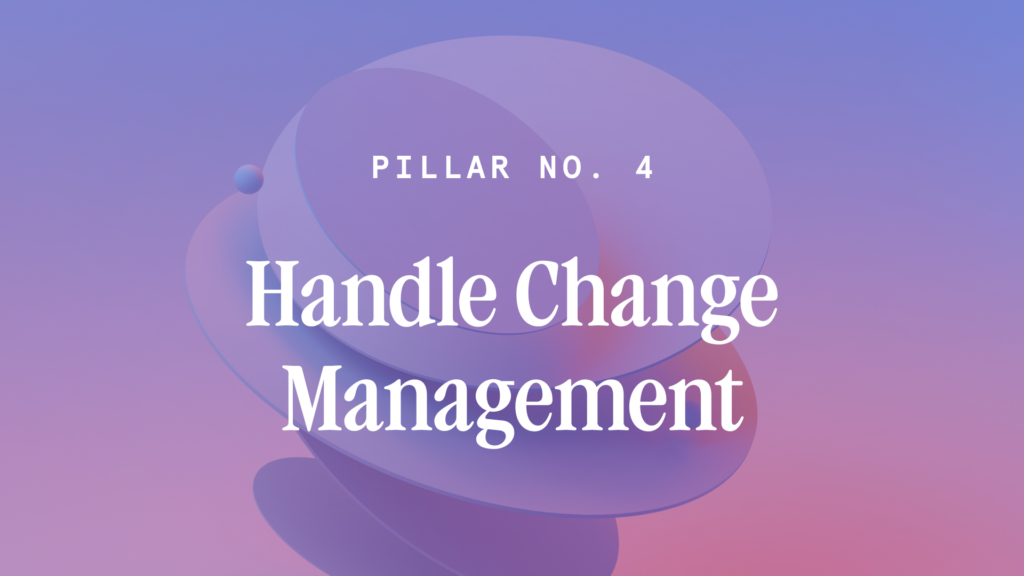
While handling change management happens throughout the entire process, the periods during and right after the live training period are especially crucial. As far as our new software implementation strategies are concerned, we do dedicate focus to this topic.
Here’s our change management philosophy and best practices:
- Have grace for customers who are slow to change – learning something new isn’t easy for everyone, especially when they are busy
- Focus on the wins by highlighting success in initial use cases
- Accept that a partial, but imperfect state is better than nothing
- Report the adoption numbers, whether they are good or not
- Update customer leadership team about implementation status and successes
- Spread joy by offering swag and gifts for meeting milestones
- Store educational material in the platform as a way to keep users engaged when looking for assistance
Make sure that your integrations are set up from the start, as missing connections can seriously impede change management
Pillar 5: Ongoing Support
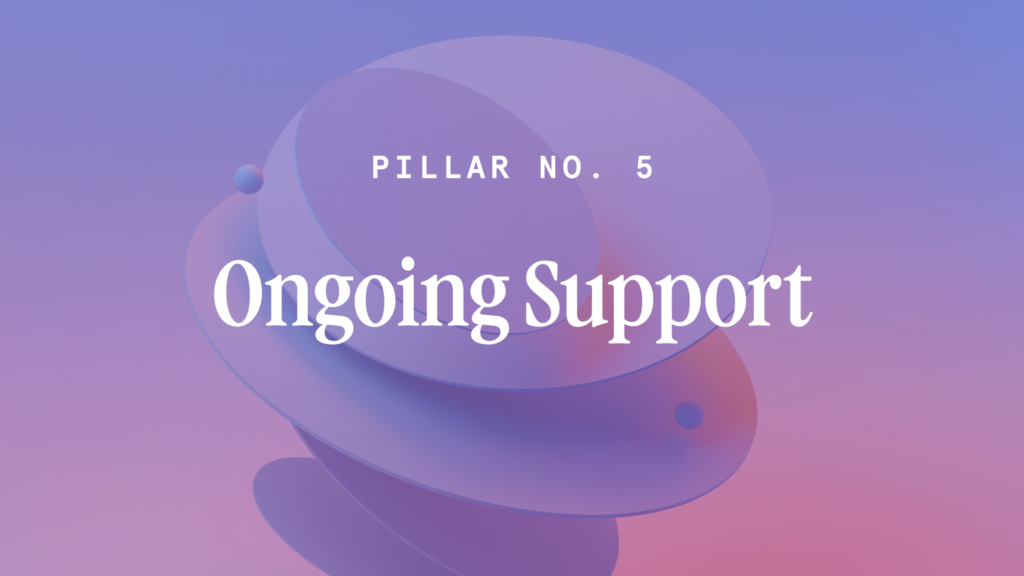
The final of our steps to implement new software is communicating about the ongoing support a customer will receive. Establishing this relationship during onboarding ensures that the users know about – and are receptive to – the ongoing relationship.
These are the key elements of ongoing support from the Opal team:
Reporting platform usage – For our customers, we make reporting milestones around platform-specific metrics a part of regular communications – especially as those numbers change.
Regular meetings – Relationship-building is a critical component of how we work. We reinforce that relationship through regular strategic check-ins with CSMs, executive business reviews to report business impact, and even in-person site visits.
Strategic support – The Opal team works with customer admins to analyze how they use the platform, while recommending ways to achieve more. In addition, there is an element of solution creation where CSMs and admins work together to find solutions to user challenges.
Feature support and insight – As it relates to specific features, part of the ongoing support involves sharing new futures and providing education materials around their use. In addition, CSMs canvas their customers for product insights and even connect users with the product team to request new features.
Learn More about the Opal Platform
Opal brings marketers together. Designed exclusively for marketers, communicators, and creatives, Opal has earned the confidence of top-tier brands like Target, Starbucks, and GM. Opal allows you to plan, craft, and organize your content all in one place. Moreover, Opal boasts an AI assistant to help you work more efficiently and yield greater results.
To test out Opal, you can schedule a personalized demo to explore its features. During the demo, a specialist will demonstrate how Opal meets your distinct marketing needs.

